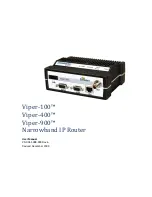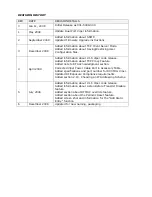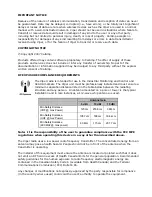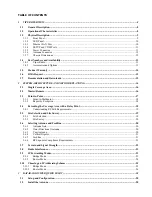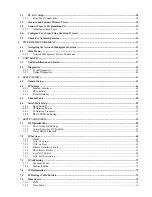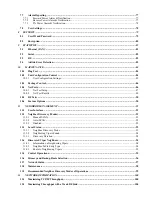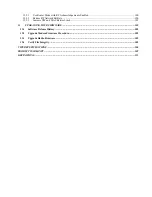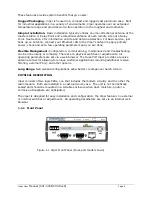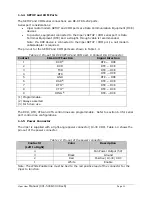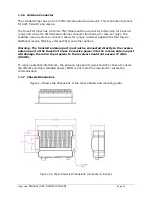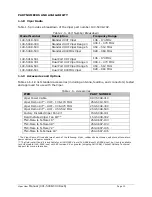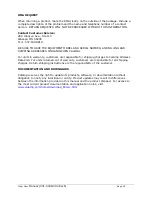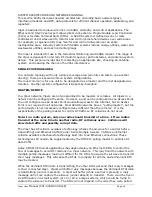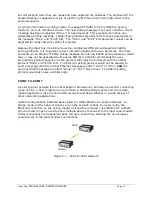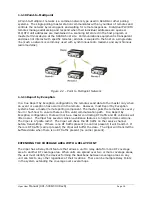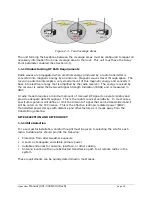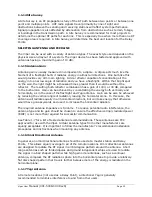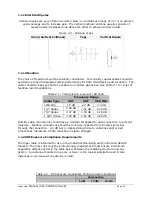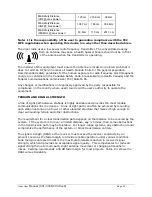
Viper User
Manual (001-5008-000 Rev6)
Page
9
These features provide system benefits that give users:
Rugged Packaging.
Viper is housed in a compact and rugged cast aluminum case. Built
for industrial applications in a variety of environments, Viper operates over an extended
temperature range and provides worry-free operation in the roughest environments.
Simple Installation.
Basic installation typically utilizes an omni-directional antenna at the
master station or Relay Point and a directional antenna at each remote site not a Relay
Point. See Section 2 for information on Site and Antenna Selection. For basic service, just
hook up an antenna, connect your Ethernet LAN to the Viper’s LAN port, apply primary
power, check and set a few operating parameters and you are done.
Flexible Management.
Configuration, commissioning, maintenance and troubleshooting
can be done locally or remotely. There are no physical switches or adjustments; all
operating parameters are set via a web browser. The Dual-Port Viper provides a receive
antenna connector allowing for unique customer applications requiring additional receive
filtering, external PA(s), and other options.
Long Range
. Narrowband configurations allow better coverage over harsh terrain.
PHYSICAL DESCRIPTION
Viper consists of two logic PCBs, one that includes the modem circuitry and the other the
radio module. Both are installed in a cast aluminum case. The unit is not hermetically
sealed and should be mounted in a suitable enclosure when dust, moisture, and/or a
corrosive atmosphere are anticipated.
The Viper is designed for easy installation and configuration; the Viper features no external
or internal switches or adjustments. All operating parameters are set via an internal web
browser.
1.1.1
Front Panel
Figure 1.1 Viper Front Panel (Dual-port model shown)

